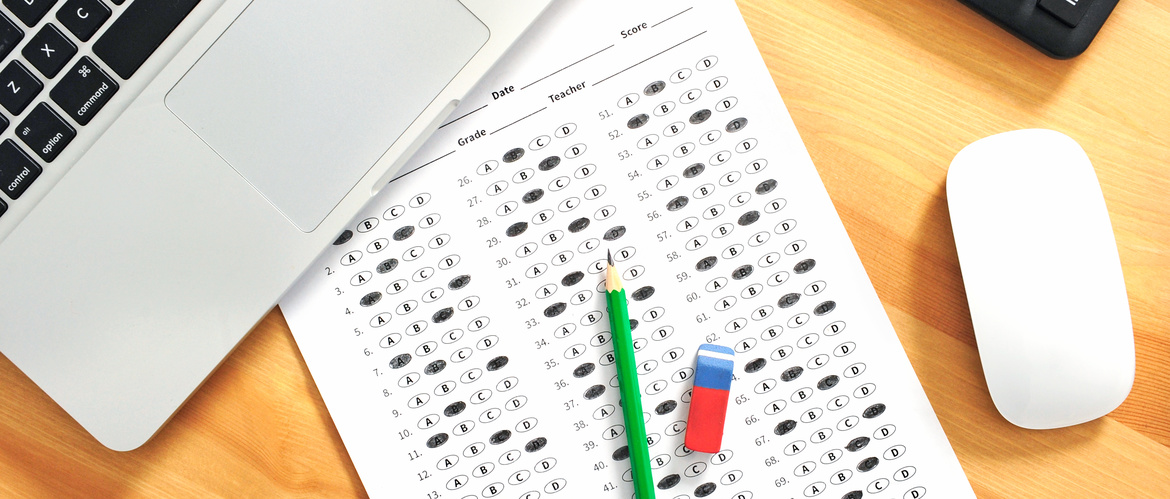
Välj en kanal
Kolla in de olika Progress in Mind-kanalerna.

Progress in Mind

Measurement-based care (MBC) can improve outcomes and reduce health disparities for serious mental illness. Some examples were presented at APA 2019; including an MBC approach for depression, an introduction to the PANSS-6 for measuring the symptoms of schizophrenia in 15 minutes, and an MBC approach to capture patients’ perspectives on the effect of antipsychotic adverse events on functioning.
Measurement in mental health can advance clinical care, improve outcomes and reduce health disparities, explained Professor Christoph Correll, Donald and Barbara Zucker School of Medicine at Hofstra/Northwell, NY. In addition, individualization of care is paramount to optimize outcomes for patients. Best clinical practice is based on a combination of evidence-based and individualized approaches using MBC and documentation.
Best clinical practice is based on a combination of evidence-based and individualized approaches using MBC
Use of the Hamilton Depression Rating Scale (HAM-D) and the Quick Inventory of Depressive Symptomatology-Self-Report (QIDS-SR) are feasible and effective MBC options for outpatients with moderate-to-severe major depressive disorder (MDD).1
Significantly more patients in an MBC group using the HAM-D and QIDS-SR achieved response (86.9% vs 62.7%, p=0.002) and remission (73.8% vs 28.8%, p<0.001) than in a standard treatment group,1 said Professor Correll. Time to response was a decrease of at least 50% in HAM-D score, and time to remission was a HAM-D score of 7 or less.
MBC led to higher and more effective antidepressant doses without an increased burden of adverse events
MBC led to higher antidepressant doses — antidepressants are usually underdosed — but the higher doses did not increase the burden of side-effects,1 noted Professor Correll. The cost-effectiveness of MBC should be explored further, he added, although MBC in this study was not time or cost demanding due to the use of self-report forms of measurement.
The Positive and Negative Syndrome Scale (PANSS) is the most widely used scale for measuring the symptom severity of patients with schizophrenia, but the combined scale comprising 30 items can take up to 1 hour to complete. Many of the items are overlapping and shorter versions of the scale have been proposed, but not validated, explained Professor Soren Ostergaard, Aarhus University Hospital, Denmark.
The PANSS-6 comprising six items selected by Rasch analysis from the 30-item PANSS — P1-delusions, P2-conceptual disorganization, P3-hallucinations, N1-blunted affect, N4-social withdrawal, N6-lack of spontaneity and flow of conversation — has therefore been developed by Professor Ostergaard and his colleagues.
The PANSS-6 takes 15 minutes to complete and provides unidimensionality and scalability:
Digital technologies enable real-time detection of behavioral anomalies
Digital technologies can capture large quantities of data as proxies for behavior and enable understanding of disease trajectories, said John Torous, Beth Israel Deaconess Medical Center, Boston, MA.
Their application is evolving hand-in-hand with support and buy-in from patient communities. For example, real-time detection of behavioral anomalies in patients with schizophrenia could signal the need for an intervention before an escalation of symptoms and relapse occur, reducing patient suffering and reducing the cost of care.2
A measurement-based care approach highlights the considerable negative impact of second-generation antipsychotic adverse events on everyday life
A poster at APA presented a global cross-sectional survey of 435 adult patients with schizophrenia, taking a second-generation antipsychotic (SGA) for 1–12 months, who had been stable for at least 1 month and self-reporting at least one adverse event. These patients:
Many activating, sedating and sexual adverse events were reported as well as weight gain, and the measurements showed that these adverse events had a considerable negative impact on daily and work functioning and quality of life.